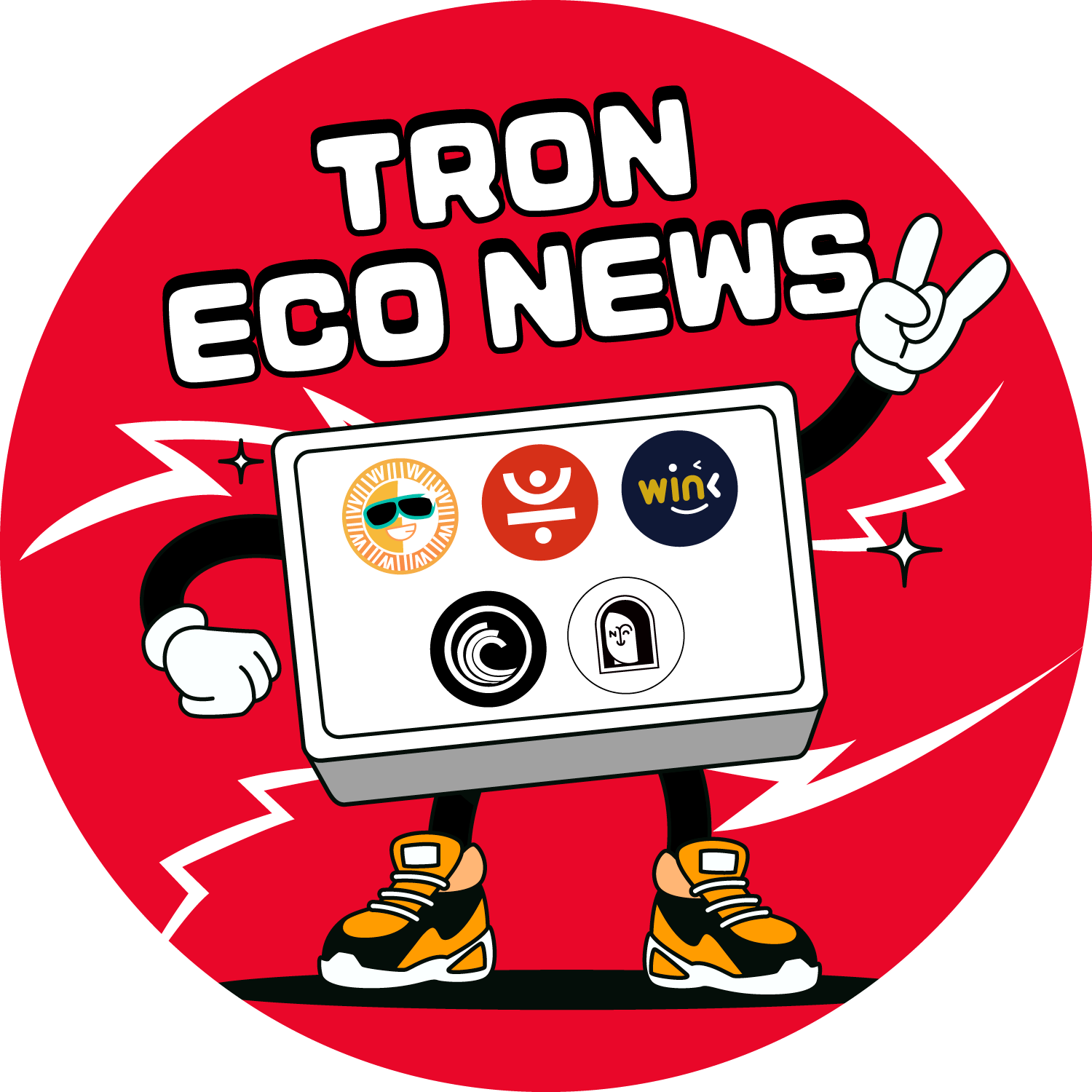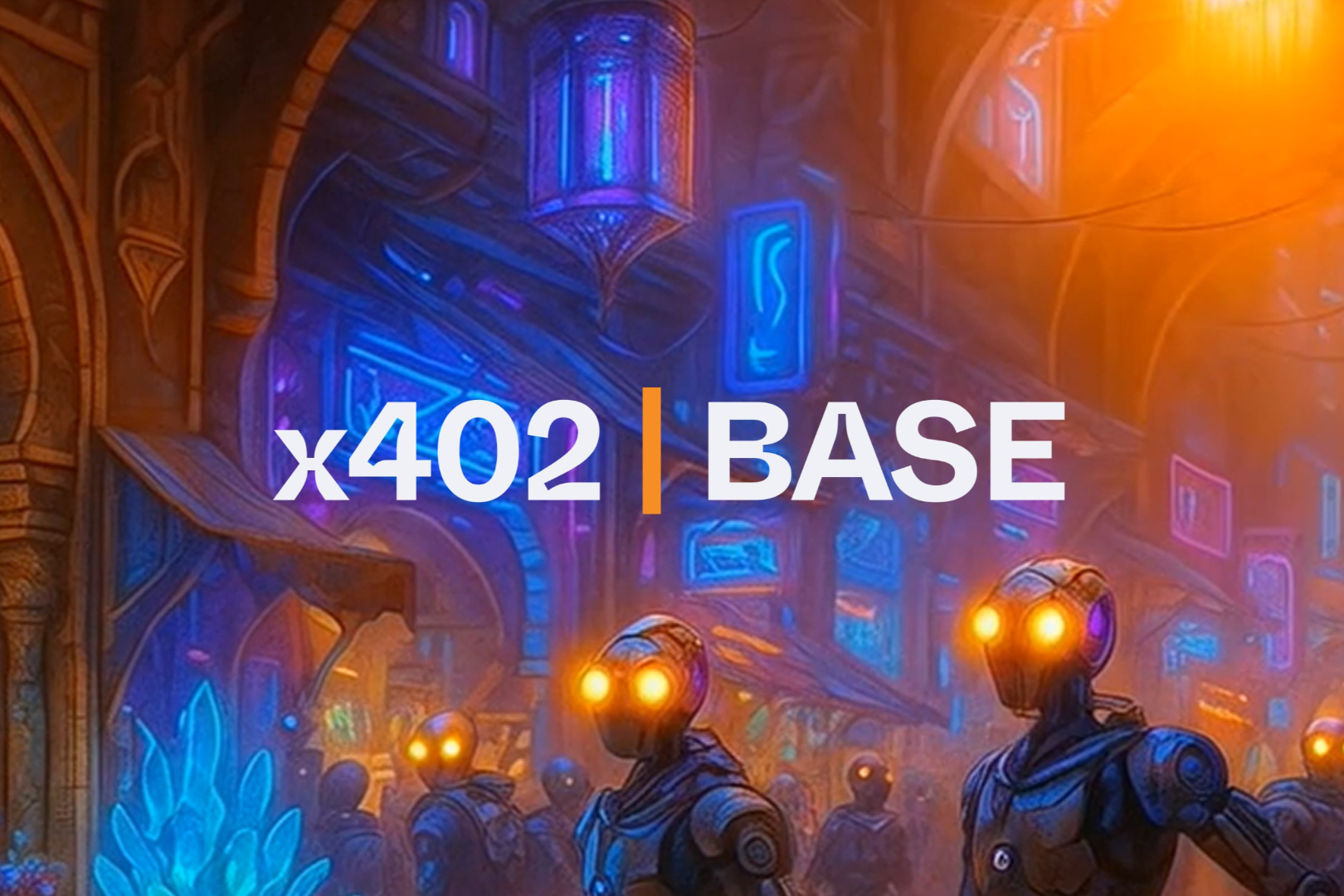October marked another pivotal moment for the crypto market. Following the approval of Bitcoin and Ethereum ETFs, a wave of regulation, dubbed the "altcoin ETF test," has quietly emerged. Numerous asset management institutions have submitted applications to the US Securities and Exchange Commission for ETFs covering a wide range of mainstream public blockchain assets. Newer public chains like Solana are among them, along with established public chain TRON, sparking market speculation about a "channel for altcoin compliance."
This seemingly sudden surge of applications actually reflects a profound turning point in the development of the crypto industry. Supporters see it as a key milestone in the influx of institutional capital, following Bitcoin and Ethereum. Skeptics, however, warn that this could be a regulatory smokescreen. Behind this seemingly open stance, there may be more complex liquidity controls and asset classification standards. Altcoins at the center of this turmoil, especially multi-cycle-tested infrastructure like TRON, are facing the most significant institutional test of their development: Can ETFs truly unlock the floodgates of traditional finance?
As the market narrative gradually shifts from "speculation-driven" to "institutional-driven," this October test may determine the underlying logic of the next bull market. Will it usher in a true tsunami of institutional capital, or will it descend into a more complex regulatory game? In this issue of Space, several senior industry analysts provide an in-depth analysis of the compliance challenges and capital flows behind ETF applications.

Is the surge in altcoin ETF applications a sign of regulatory relaxation or a test of the waters?
As October approaches, the crypto market is embroiled in a frenzy of "altcoin ETF competition." This regulatory battle, considered a crucial juncture in crypto asset compliance, is sparking a fierce clash of diverse perspectives within the industry. In this episode of the Crypto Space discussion, three panelists offered in-depth analysis of the nature of this surge in applications from the perspectives of regulatory intent, policy signals, and market dynamics.
Guest Ning Fan was the first to offer a stark perspective: "This is more like regulators testing boundaries than fully liberalizing the market." He observed that since the approval of Bitcoin and Ethereum ETFs, regulators are paving the way for subsequent products with clearer approval standards, but this process essentially "gives the market a window of expectation." When discussing applications from multiple projects, including TRON, he emphasized that "the market is driven by expectations," and that regulators are screening high-quality assets by establishing risk control thresholds. The core logic is "institutionalization first, then market participation."
In line with this, Heiyanquan (Black Eye Circle) sees positive signals in policy details. He specifically pointed to a significant adjustment made by the U.S. Securities and Exchange Commission (SEC) in September: "The approval time has been shortened from 240 days to 75 days, significantly lowering the barrier to entry." He believes that the approval of Bitcoin and Ethereum ETFs has set a precedent for diversified crypto investment products, and the inclusion of public chain assets like TRON in the application list is a concrete manifestation of "regulators showing goodwill and tentatively accepting compliant assets."
Davin.eth further explained the complex interaction between regulation and the market, saying, "The SEC is like opening a locked door, letting in sunlight, but we can't get out." He acknowledged the surge in applications resulting from the new review standards, but also reminded everyone to pay attention to the SEC's strict control over details like custody and liquidity. In his view, this combination of openness and caution creates a unique situation where "short-term speculation and long-term benefits coexist."
While the three panelists offered different perspectives, they collectively paint a complex picture of the current regulatory landscape: On the one hand, the policy window is indeed loosening, providing unprecedented compliance opportunities for established public chains like TRON; on the other hand, all openness comes with strict prerequisites. The ongoing debate over altcoin ETFs has become a crucial indicator of the integration of the crypto world and traditional finance.
Altcoin ETFs have opened up a new track. Who will be the first to reap the "institutional dividends"?
As the floodgates of altcoin ETFs are expected to open, the market's core question becomes: where will the massive influx of institutional capital flow first? During this in-depth discussion centered on "institutional beneficiaries," many panelists agreed that top-tier public chains with high market capitalization, strong liquidity, and robust ecosystems are the preferred choice. TRON, as a payment and settlement infrastructure with a vast ecosystem, has repeatedly proven its value proposition.
Guest @laodi 888 pointed out that this ETF wave is no ordinary rally, but rather a brutal "institutional screening." She succinctly summarized it this way: "If Bitcoin ETFs represent the institutionalization of value storage, then altcoin ETFs represent the institutionalization of innovative assets."
In her view, projects that are the first to pass this compliance threshold must be those that "have sufficient transparency and liquidity, and whose governance and ecosystem structures align with traditional investment logic." He specifically cited TRON as an example, emphasizing that its core competitiveness lies in its practical application in payment and cross-border settlement scenarios, and in building a sophisticated "micro-economy."
Within this economy, the DeFi protocol JUST, the core DEX SUN.io, and the fair launch platform SunPump jointly form a closed loop of value creation and circulation. Crucially, JustLend DAO's support for TRX staking allows users to not only earn stable staking returns but also deeply participate in the TRON ecosystem while holding core assets. Coupled with underlying infrastructure such as BitTorrent and WINkLink, this self-sustaining, organically cyclical ecosystem provides solid fundamental support for TRX assets – the structural value that institutional capital pursuing sustainability values most.
Ning Fan, reviewing the SEC's approval list, pointedly pointed out, "The market has already made our expectations." In his view, investors have already begun investing in these "first-tier" projects with solid ecosystem foundations and the most frequently mentioned. Notably, as early as April of this year, Canary Capital Group submitted an S-1 application to the SEC for a TRX ETF with staking functionality . This signaled both market anticipation and its potential to become the next compliant entry point for institutional capital. Further reinforcing this narrative, Tron Inc. officially listed on the Nasdaq in July of this year, adopting a "micro-strategy" model to use TRX as a strategic reserve asset . This milestone not only provides TRX with unprecedented regulatory compliance support but also occupies a unique strategic position within the grand narrative of altcoin ETFs.
Based on the panelists' perspectives, if altcoin ETFs are successfully implemented, the path to benefit is clear: top public chains with the potential to become quasi-institutional assets will bear the brunt of the benefits. TRON, with its practical applications in cross-border payments, vast user base, and thriving and self-sustaining ecosystem encompassing JUST, APENFT, BitTorrent, WINkLink, and SunPump, is undoubtedly positioned at the forefront of this "institutional dividend," making it a compelling investment for institutional investors exploring the deeper value of the crypto world.
- 核心观点:山寨币ETF申请潮是加密资产合规化关键节点。
- 关键要素:
- SEC审批时间从240天缩短至75天。
- 监管通过风控门槛筛选优质资产。
- 波场等公链因生态完善被重点关注。
- 市场影响:加速机构资金入场,重塑市场逻辑。
- 时效性标注:中期影响



